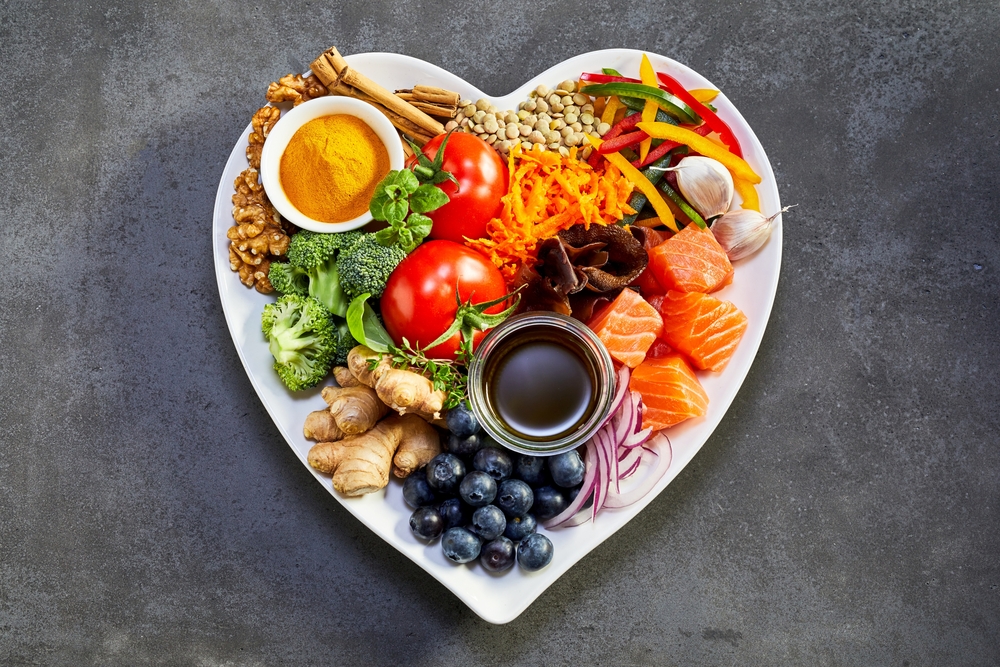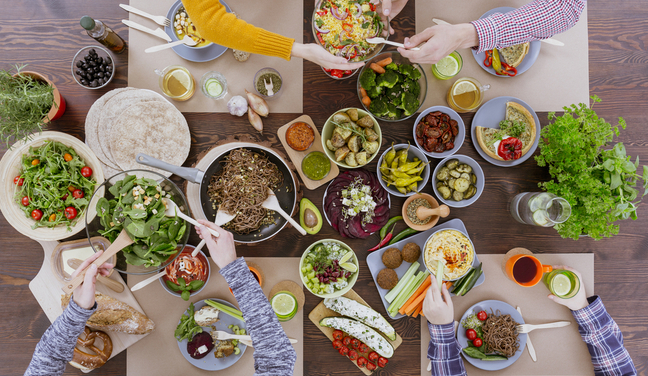Diet Trends
From #eatclean to #keto, diet trends flood our digital space with restrictive regimens that impede our ability to properly fuel for performance. Additionally, these regimented behaviors wreck havoc on our freedom to enjoy food.
Restrictions, whether they are on the amount of food or on the type of food that we’re eating put us at risk for negative health consequences that impact our biological and psychological wellbeing. Cutting carbs, eating low fat, or choosing the low calorie option may be doing more harm than good to your long-term health goals.

A calorie deficit results when we eat too few calories to sustain our physical energy needs. Your body’s energy needs encompass the calories burned during your workout AND the calories needed for your body’s basic metabolic functioning. For dancers, this often presents itself as Relative Energy Deficiency in Sport (or RES-S). RED-S encompasses the hormonal imbalances that can cost a future of a health risks like slow metabolisms and brittle bones. In females, this is commonly evidenced by the absence of a period for 3 or more consecutive months. Though it may be easier to identify RED-S in girls, these hormonal imbalances are equally prominent in boys.
It’s time to reconsider your goals when it comes to both your body and your meal plan. Rebuilding a healthy relationship around food is essential to your long-term success.
Here are four ways to build a healthier relationship with food.
Find Structure, But with Fluidity
Perfectionists thrive with structure. Think about a ballet class: we continuously build on a predictable framework of barre and center, followed by work across the floor, petite allegro, and grand allegro. Similarly, map out a schedule that incorporates meals and snacks throughout your day. To best sustain energy levels, avoid time gaps longer than 3-4 hours. Most important, your meal plan must allow for fluidity. Avoid restrictive food choices and regimens like “clean eating” or “grain free,” which can set the stage for obsessive patterns and disordered eating behaviors.

Make Choices, Not Rules
In regards to food, there’s lots of info out there telling us what we should and shouldn’t do. Whether it’s avoiding a specific food or food group, not eating after a certain time, or following a specific diet, rules lead us down an unsustainable road that’s met with guilt, shame, fear and isolation. Let your personal likes and dislikes drive your food choices. If you’re craving a cookie then enjoy the cookie. If you’re in the mood for a salad, then it’s also your right to swap the burger on the menu with a salad. There should be no sense of moral superiority over one choice from the other.
Honor Your Cravings
The more we restrict our favorite foods, the more inclined we are to enter a binge- and restrict-cycle. Caution “light” and “healthy” alternatives, which may leave you unsatisfied. Cauliflower pizza is trendy, but if you’re truly craving pizza, enjoy the real deal. You’ll feel more satisfied in the long run.
Focus on What Foods to Include, Rather Than What Foods to Avoid
Providing your body with all three macronutrients (complex carbohydrates, lean proteins and healthy fats) at multiple times throughout your day is essential. Don’t fear carbs—they fuel your movement. Healthy fats like those in avocadoes, nuts, and oils heal your body and reduce the stress from your active lifestyle.
Define Imperfection as Your New Perfection
Food is culture. Food is fun. Food is social. Food is life. Don’t fight cravings—embrace them! A healthy relationship with food is one that incorporates nutrient-dense options, like nuts, fruit, and whole grains while also making infinite room for unapologetic enjoyments, like cookies, cake, burgers, and fries! Loosening the reigns of rigidity around food choices is key and granting yourself with full permission to enjoy all foods is the goal.



